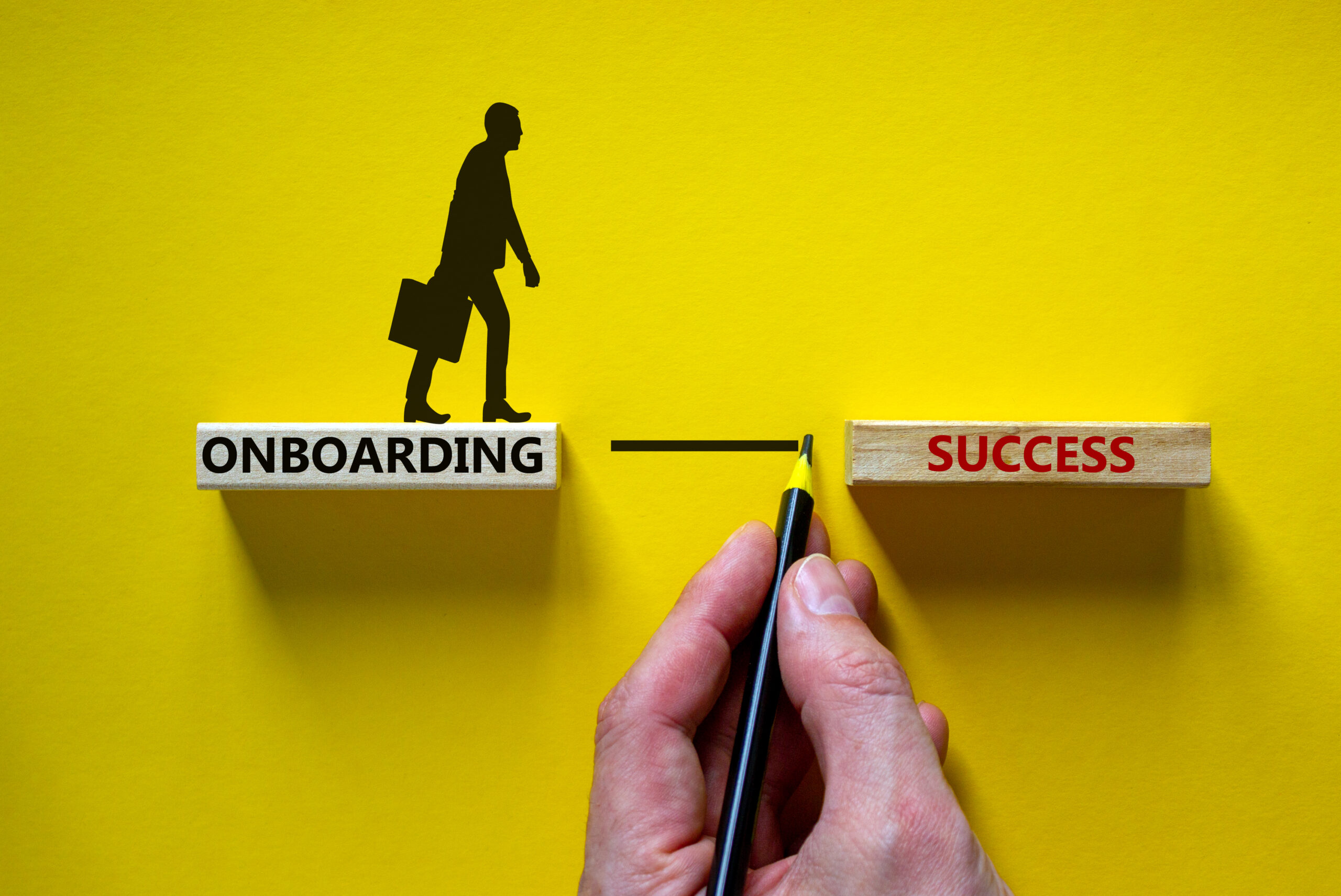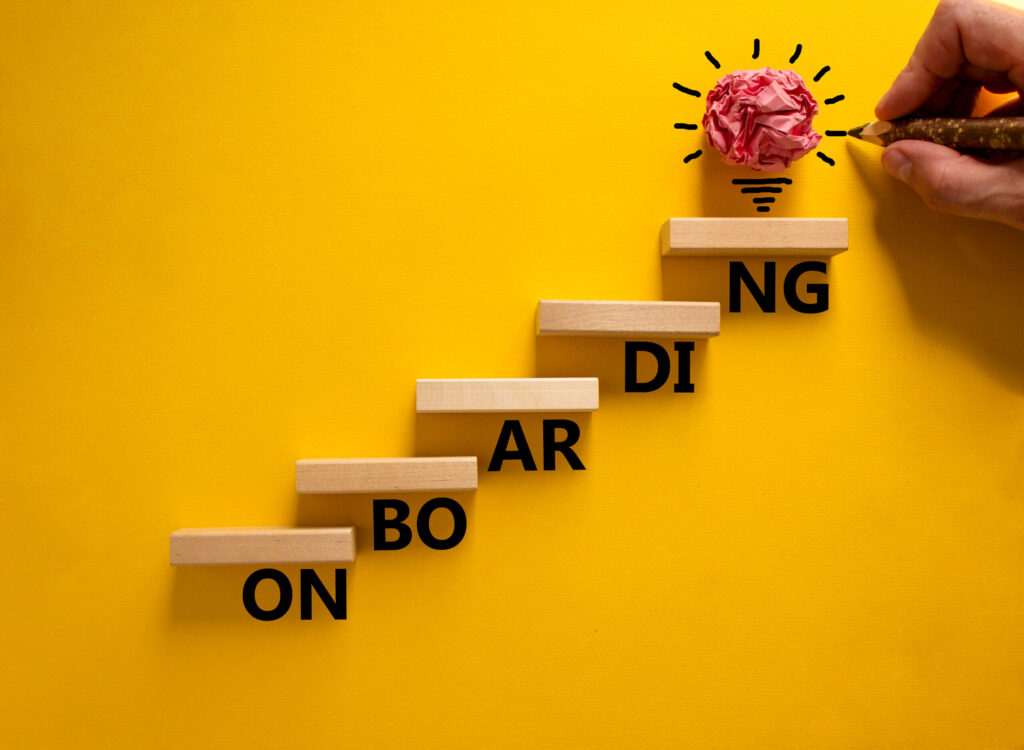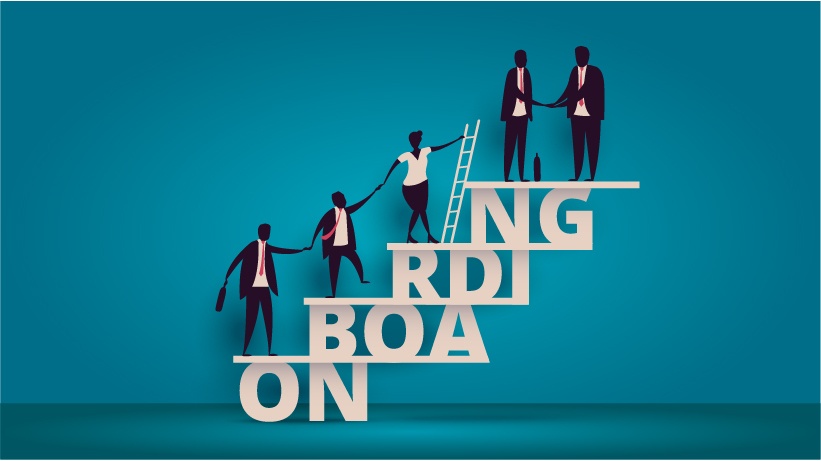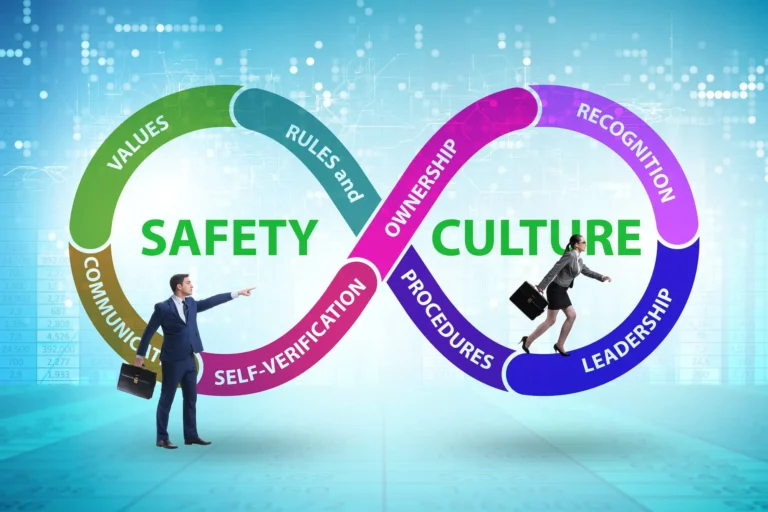Employee onboarding is a critical process for any organization looking to set their new hires up for success. It’s a time where the first impression is made, and the foundation for a positive employee experience is laid.
However, many companies struggle to create an effective onboarding process that engages and retains their new employees. In this article, we will discuss three best practices for improving employee onboarding processes to ensure a smooth transition and long-lasting employee satisfaction.
From creating a comprehensive onboarding plan to fostering a culture of continuous learning and development, these practices will help your organization build a strong and resilient team from day one.
1. Clear Communication and Expectations

When it comes to employee onboarding processes, clear communication and expectations are essential for setting new hires up for success.
Providing detailed information about job responsibilities, company policies, and expectations from the start can help employees understand their role and what is expected of them. Communicating openly and transparently throughout the onboarding process can help alleviate any confusion or uncertainty that new hires may have.
Setting clear expectations also helps to establish a positive working relationship between the new employee and their team, fostering a sense of trust and collaboration. Overall, prioritizing clear communication and expectations can lead to smoother onboarding experiences and better retention rates for the company.
2. Personalized Training and Development Plans

One important aspect of improving employee onboarding processes is creating personalized training and development plans for new hires.
By tailoring these plans to each individual employees’ strengths, weaknesses, and career goals, organizations can ensure that new hires are set up for success from the start. Personalized plans can include a mix of on-the-job training, mentorship opportunities, online courses, and workshops to help employees develop the skills they need to excel in their roles.
By investing in personalized training and development, organizations demonstrate their commitment to employee growth and development, ultimately leading to higher employee engagement and retention.
3. Ongoing Support and Feedback Mechanisms

Ongoing support and feedback mechanisms are vital components of a successful employee onboarding process.
By providing continuous support to new hires, organizations can ensure that they are adapting well to their new roles and responsibilities. Regular check-ins, training sessions, and mentorship programs can help employees feel supported and motivated throughout their onboarding journey.
Furthermore, implementing feedback mechanisms allows for constructive criticism and continuous improvement opportunities. By gathering feedback from both new hires and managers, organizations can address any issues that arise during the onboarding process and make necessary adjustments to enhance the overall experience for future employees.
Implementing these best practices will not only help new hires feel more confident and capable in their roles but also contribute to a positive and productive work environment.
Conclusion
In conclusion, implementing best practices for improving employee onboarding processes is essential for setting new hires up for success and ensuring a seamless transition into their roles. By providing clear expectations, facilitating meaningful connections, and incorporating continuous feedback, organizations can foster a positive onboarding experience that boosts employee engagement and retention.
As Jeff Smith Blackrock, wisely states, investing in effective onboarding practices not only benefits the individual employee but also the overall success of the company. By prioritizing a strategic and well-planned onboarding process, organizations can create a strong foundation for long-term employee satisfaction and productivity.







